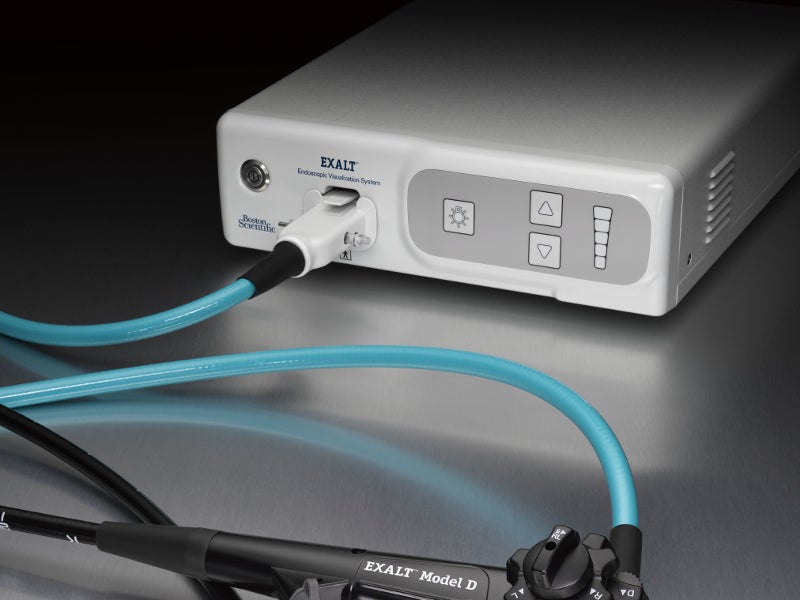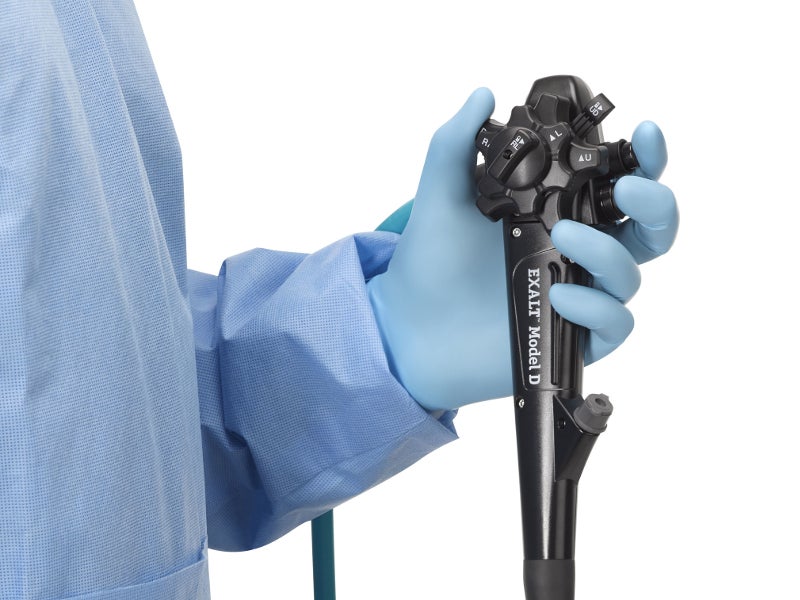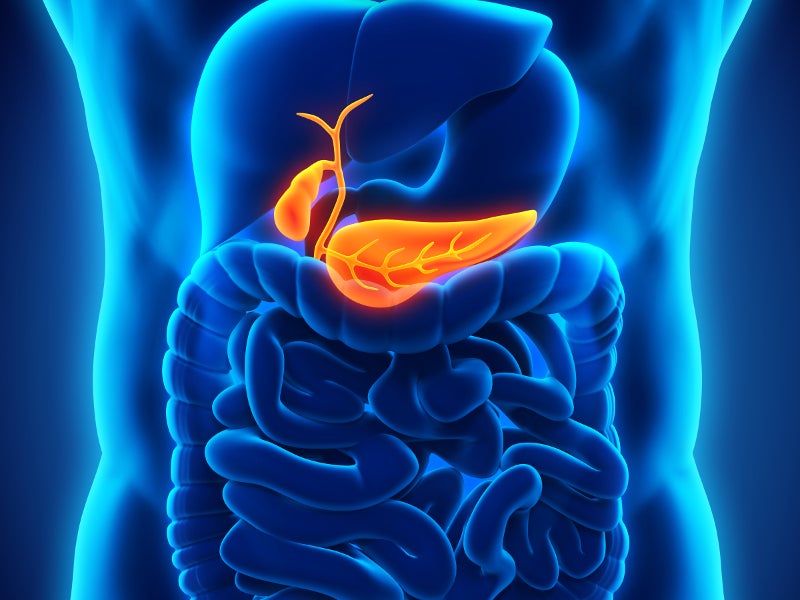EXALT™ Model D is the world’s first single-use duodenoscope approved to view and access the upper gastrointestinal (GI) tract for treating pancreatic and biliary disorders.
Developed by Boston Scientific Corporation, the device has received breakthrough device designation from the US Food and Drug Administration (FDA) and secured the FDA’s 510(k) clearance in December 2019.
The medical device was found to be substantially equivalent to its commercial predicate device EVIS EXERA II Duodenovideoscope TJF Type Q180V.
EXALT Model D duodenoscope is expected to launch in the US market in the first quarter of 2020.
EXALT Model D duodenoscope design details
EXALT Model D is a light-weight sterile, flexible, fully-disposable duodenoscope used in combination with the EXALT Controller.
The device utilises a single-use platform and features a retro viewing angle of five degrees, 108° field of view, and field depth ranging between 5mm and 60mm.
Duodenoscope’s working length is 1,240mm, while the working channel inner diameter is 4.2mm. The outer diameter of the insertion tube is 11.3mm, while that of the distal end is 15.1mm.
EXALT Controller details
EXALT Controller is an endoscopic video imaging device. The duodenoscope sends video signals to the EXALT Controller for processing, subsequently relayed on a video monitor as images. The controller also transmits electrical signals to the external image capturing systems.
The EXALT Controller controls the illumination within the anatomy by controlling the LED light fitted at the distal end of the duodenoscope.
EXALT Controller also controls other functions including lens wash, suction, navigation and delivery of other accessories.
Features of EXALT Model D duodenoscope
Duodenoscope features four-way steering capability at the distal end with various motions similar to those of reusable duodenoscopes. The distal end is fitted with a guidewire locking facilitated by an elevator. The device is compatible with the company’s single-use accessories for endoscopy.
EXALT Model D duodenoscope captures and integrates the images with the report writer.
Clinical study on EXALT Model D duodenoscope
A multi-centre clinical study enrolling 60 individuals indicated for ERCP procedure was performed to determine the feasibility of the device.
Most (96.7%) ERCP procedures were performed using the EXALT Model D duodenoscope. The endoscopists completed the process with EXALT Model D duodenoscope in almost 100% cases with various type of complexities, demonstrating a revolutionary way of lowering the risk of ERCP-related infection transmission.
Another multi-centre, single group clinical study is taking place on the EXALT Model D duodenoscope, with a total of 1,000 individuals enrolled across 20 sites.
The study will measure the number of patients with successful ERCP procedure as the primary endpoint. The requirement to switch to reusable duodenoscopes, endoscopist qualitative rating and rate of adverse events during the study will be the secondary outcome.
The study is expected for completion by March 2020.
Advantages of EXALT Model D duodenoscope
Reusable duodenoscopes are challenging to clean and require intense cleaning and reprocessing to eliminate potential infection risk in patients. The single-use, fully-disposable EXALT Model D duodenoscope eliminates this risk.
EXALT duodenoscope is designed using the standard duodenoscopes technology, minimising the physician’s need to learn and adapt to a new device technology. The EXALT Controller facilitates lower capital footprint during ERCP procedures.
Functioning of duodenoscopes
Unlike traditional surgery procedures, duodenoscopes are a less invasive method to remove fluids from the blocked pancreatic and biliary ducts. They are inserted through the patient’s mouth into the stomach to reach the small intestine for the treatment.
Duodenoscopes are used in more than 1.5 million ERCP procedures annually worldwide for the treatment of various pancreatic and biliary disorders.




